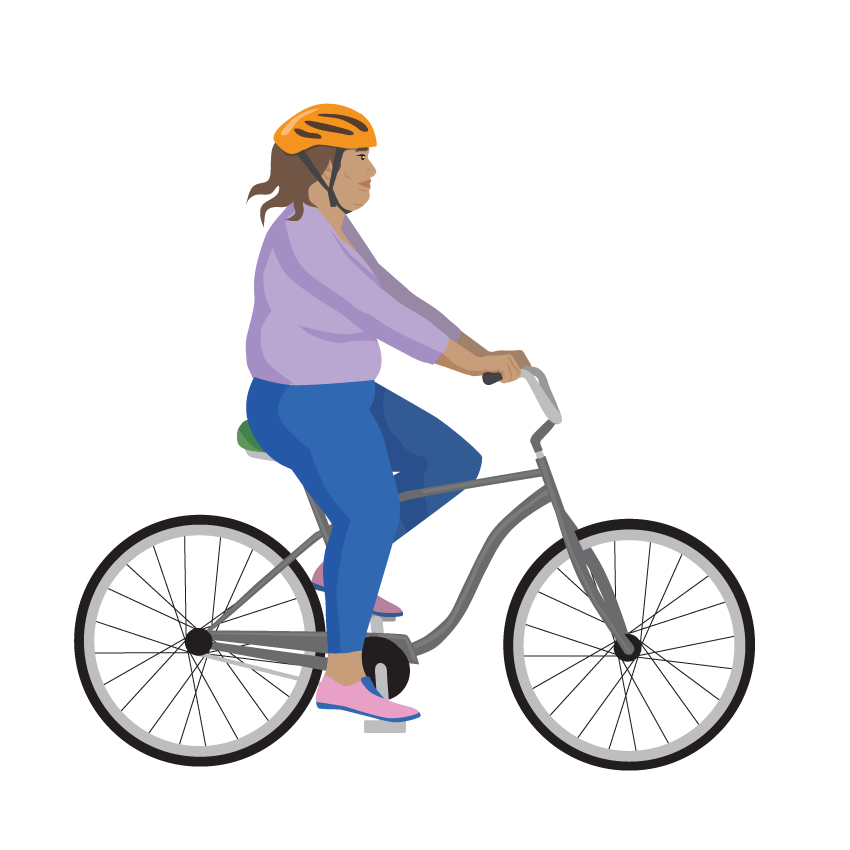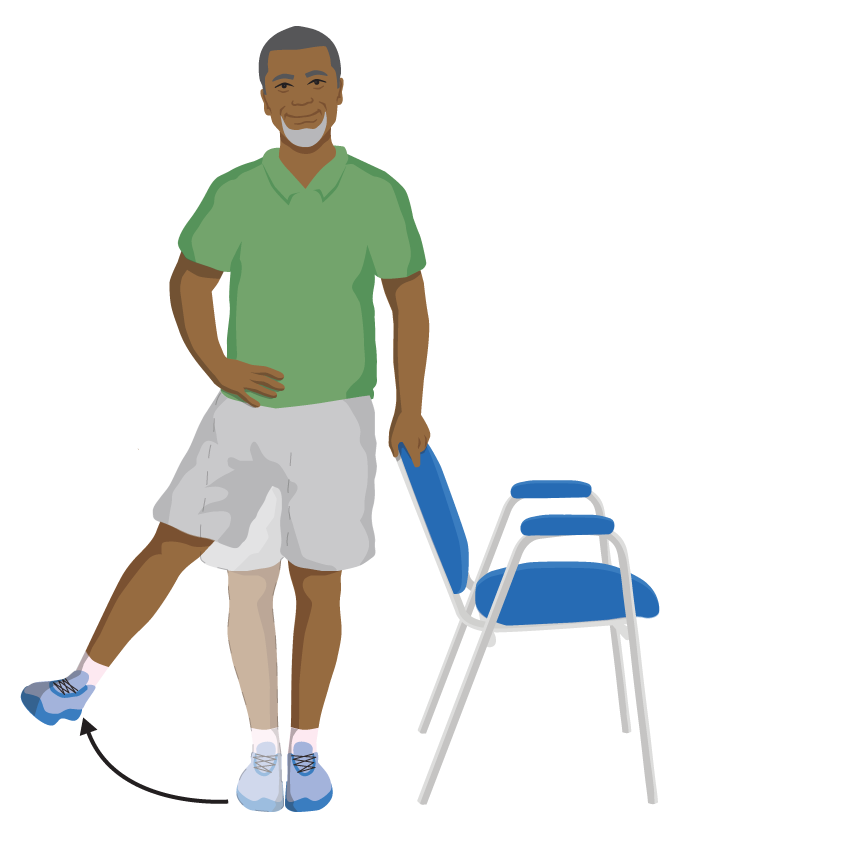Basic anatomy and muscle movements
Introduction
When assessing muscle strength, the areas of the body can be broken down into:
- Shoulder
- Elbow and arm
- Wrist and hand
- Hip
- Knee
- Ankle and foot
- Trunk
For each area of the body, we will look at the main movements produced.
For each of the seven muscle groups listed, look at the MAIN muscles that are assessed in each group and the movements that they produce.
Please note, this module will teach you how to assess the muscle strength of the movements in bold only.
Movements at the shoulder
- Shoulder abduction
- Shoulder flexion
- Shoulder elevation
- Shoulder external rotation
- Shoulder internal rotation



![]() Question
Question
Elbow flexion and extension are used in many everyday activities. Look at each of the following images.

At the shoulder, is this an example of:
- Shoulder abduction
- Shoulder elevation
If you selected shoulder abduction you are correct.
This is an example of shoulder abduction. Shoulder external rotation, internal rotation and flexion may also be needed when brushing teeth.

At the right shoulder, what movement is shown?
- Shoulder abduction and external rotation
- Shoulder abduction and internal rotation
If you selected shoulder abduction and external rotation you are correct.
This is an example of shoulder abduction and external rotation. Many different shoulder movements are required when getting dressed.
Movements at the elbow and arm
- Elbow flexion
- Elbow extension


![]() Question
Question
Elbow flexion and extension are used in many everyday activities.
Look at each of the following images.

At the elbow, is this an example of:
- Elbow extension
- Elbow flexion
If you selected elbow flexion you are correct.
This is an example of elbow flexion.
Movements at the wrist and hand
- Wrist extension
- Wrist flexion
- Wrist supination
- Grip strength
- Finger flexion
- Thumb extension
- Fine finger and thumb movements (finger abduction, finger adduction, thumb opposition)




![]() Question
Question
Wrist movements are used in many everyday activities.
Look at each of the following images.

Which wrist movement is being used when cycling?
- a. Wrist extension
- b. Wrist flexion
- c. Wrist supination
- d. Thumb extension
If you selected a, you are correct.
Wrist extension is used when cycling, wrist extension is also used for gripping other objects, when using tools, chopping vegetables and using cutlery.

Which wrist movement is being used when chopping vegetables?
- a. Wrist extension
- b. Wrist flexion
- c. Wrist supination
- d. Any of the above
If you selected d, you are correct.
When chopping vegetables, wrist flexion, wrist extension and wrist supination may be used at different times.

Which wrist and hand movements are being used when picking up small objects?
- a. Fine finger movements
- b. Wrist supination
If you selected a, you are correct.
When picking up small objects, fine finger movements are used. Other movements where fine finger movements are used include; typing, doing up buttons or zips on clothing, using cutlery and tying shoe laces.
Movements at the hip
- Hip extension
- Hip flexion
- Hip abduction
- Hip external rotation
- Hip internal rotation



![]() Question
Question
Hip movements are used in many everyday activities.
Look at each of the following images.

What is the main hip movement being used when standing up from sitting?
- a. Hip extension
- b. Hip flexion
- c. Hip abduction
If you selected a, you are correct.
Hip extension is used when standing up from sitting. Hip extension is also used for walking, dancing, running and moving in bed.

Which hip movement is being used when stepping up stairs?
- a. Hip extension
- b. Hip flexion
- c. Hip abduction
If you selected b, you are correct.
When stepping up stairs, hip flexion is used. Hip flexion is also used when walking, dancing and lifting legs off bed.

Which hip movement is being used when standing on leg?
- a. Hip extension
- b. Hip flexion
- c. Hip abduction
If you selected c, you are correct.
When standing on one leg, hip abduction is used. Hip abduction is also used when walking, dancing and lifting legs off bed.
Movements at the knee
- Knee extension
- Knee flexion


![]() Question
Question
Knee movements are used in many everyday activities.
Look at each of the following images.

Which knee movement is being used when standing up from sitting?
- Knee extension
- Knee flexion
If you selected knee extension, you are correct.
When standing up from sitting, knee extension is used. Knee extension is also used when walking, dancing, putting on pants and running.


Which knee movement is being used when going from standing to squatting?
- Knee extension
- Knee flexion
If you selected knee flexion, you are correct.
When squatting, knee flexion is used. Knee flexion is also used when walking, dancing, putting on pants, moving in bed and running.
Movements at the foot and ankle
- Ankle dorsiflexion
- Ankle plantarflexion
- Big toe extension
- Toe flexion
- Ankle inversion
- Ankle eversion


![]() Question
Question
Ankle and foot movements are used in many everyday activities.
Look at each of the following images:

Which ankle movement is being used in the image above?
- a. Ankle dorsiflexion
- b. Ankle plantarflexion
If you selected b, you are correct, in this image the ankle is being plantarflexed.
